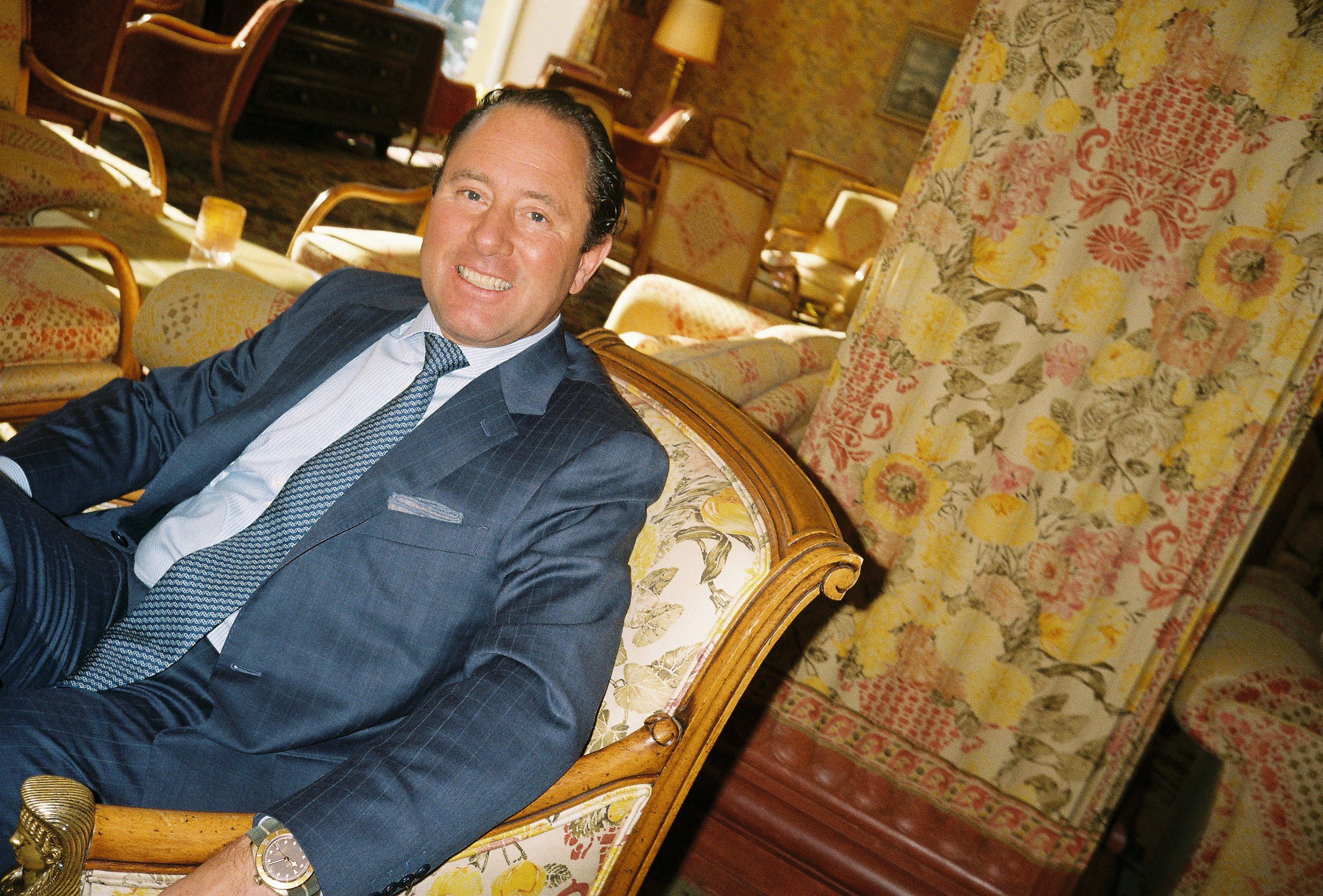
Heinz E. Hunkeler, the manager of Kulm Hotel, photographed by Konstantin Arnold
German writer Konstantin Arnold offers a glimpse behind the scenes at the iconic Kulm Hotel in St. Moritz. Through his (groggy) encounter with longtime Kulm Hotel manager Heinz E. Hunkeler, Arnold reflects on the delicate balance of tradition, change, and the quiet rituals that keep great hotels – and their guests – running smoothly
The morning after a long night, I met Kulm Hotel manager Heinz E. Hunkeler. Naturally, I was late – it wasn’t exactly the next morning, but rather three hours later. He didn’t take offence at this, behaving with the diplomacy and courtesy of a hotel manager who’s now part of my story. ‘No problem,’ he said, ‘I had some things to attend to anyway.’ He asked how my evening had been, and I told him it had been fantastic. He remarked that it couldn’t have been too crazy a night. He had all the numbers in his head, after all. The big spenders hadn’t been there – how could they have? I joked that I’d drunk like one but hadn’t paid anything. I laughed, and then he laughed, too.
Follow LUX on Instagram: @luxthemagazine
The first thing Heinz does in the morning is look at the figures – how many bottles of Dom Pérignon went to which room and at what time. You might have to apologise to your room neighbours. Heinz knows the truth before he even wants to. I mean, the guy had already been out swimming at six o’clock today. He wore a wonderful blue pinstriped suit in the morning light and sat with the same grand posture as he did in the armchair in his lobby. At one point, we had to move because the sun was shining too much in Heinz’s face. He was a good storyteller and spoke in simple and beautiful phrases with a charming Swiss accent. This was lucky since I wasn’t quite up to talking yet, and it was a pleasure to see how naturally he moved around the room.
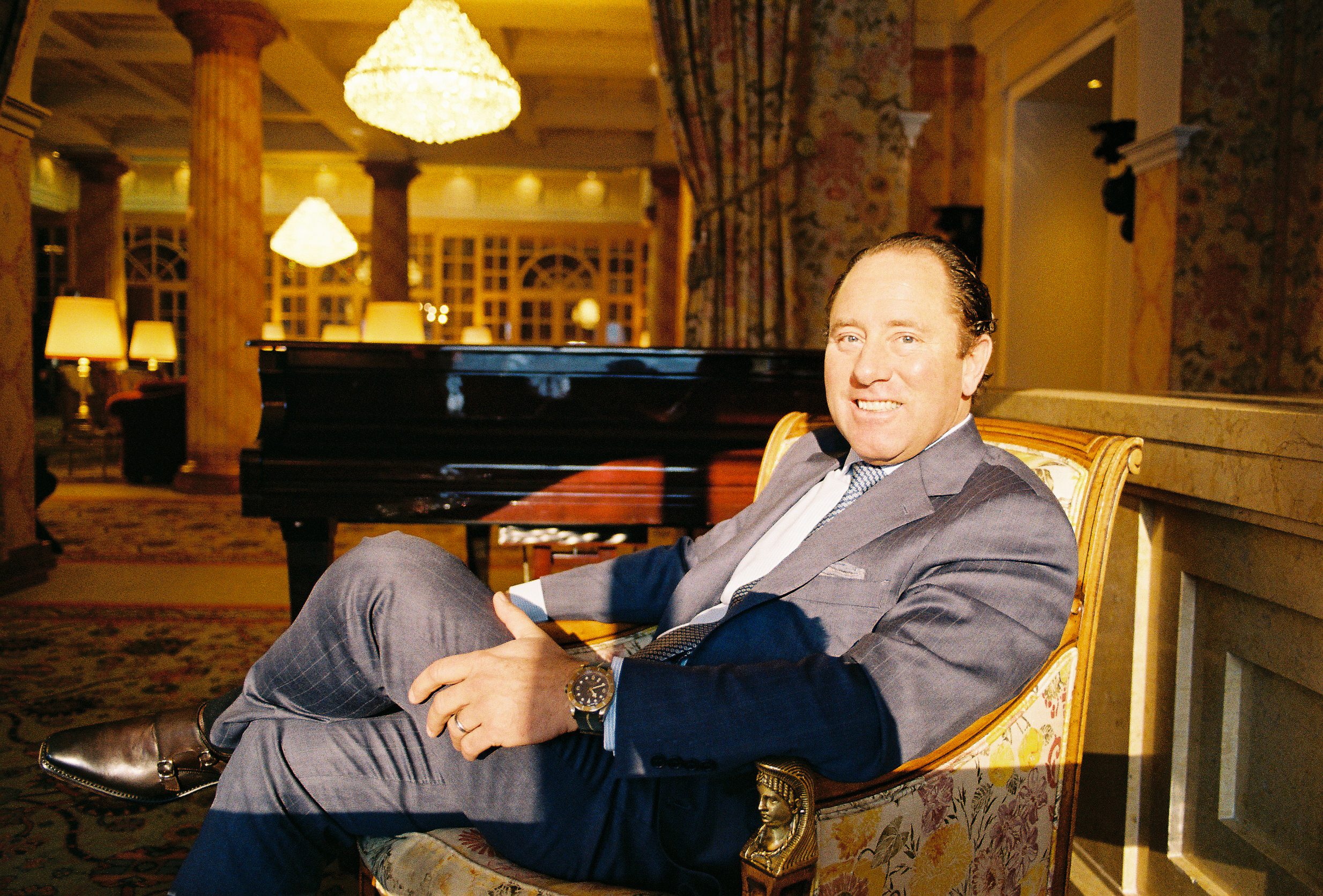
Heinz E. Hunkeler photographed in his Kulm Hotel by Konstantin Arnold
Heinz E. Hunkeler – a hotelier shaping the future with tradition
Heinz grew up in Kulm. As a child, he played football in the indoor pool between seasons. Today, he and his wife are a true hotelier couple, who still live here. It’s a rarity these days. We talked a bit about the power of routines and the fact that there is a lot of work behind all the apparent ease. If you ask yourself in the morning what you’ll eat, wear, and do, you’ve already wasted precious time thinking. The most important skill of a hotel manager, however, is to make you the most important person in the world for the moment you spend with them. As soon as they walk out the door, you might be forgotten, but that doesn’t matter. Heinz’s job is to lead this hotel into the next century, so that the world of yesterday will still exist tomorrow, and his guests won’t stray. He even tolerates pizza boxes in the corridors. He has hired staff to cater for the trends of our time.
Read more: Six of the best hotels in Scotland reviewed
Tradition, change, and the value of good staff
Some people say he’s conservative; after all, Heinz likes to go hunting, so he doesn’t forget how to do his own shopping. Why do people always say that as if it were a bad thing? Time passes in cycles because people tolerate its passing better that way. The cultural manifestation of these cycles is called fashion, and its melancholy revival is called nostalgia. The point is to illuminate things and distill their constant repetition down to an essence that becomes eternal for a moment. Nothing lasts forever. Not even Angelo and Fabio. The turnover can be hard to bear. Many guests come not least because of the staff. Good employees are hard to find and hold onto. That’s why they have just renovated the staff accommodation for 25 million. In the past, Heinz says, there were shared rooms; today, there’s a gym, down duvets, compensation days, and chia seeds.
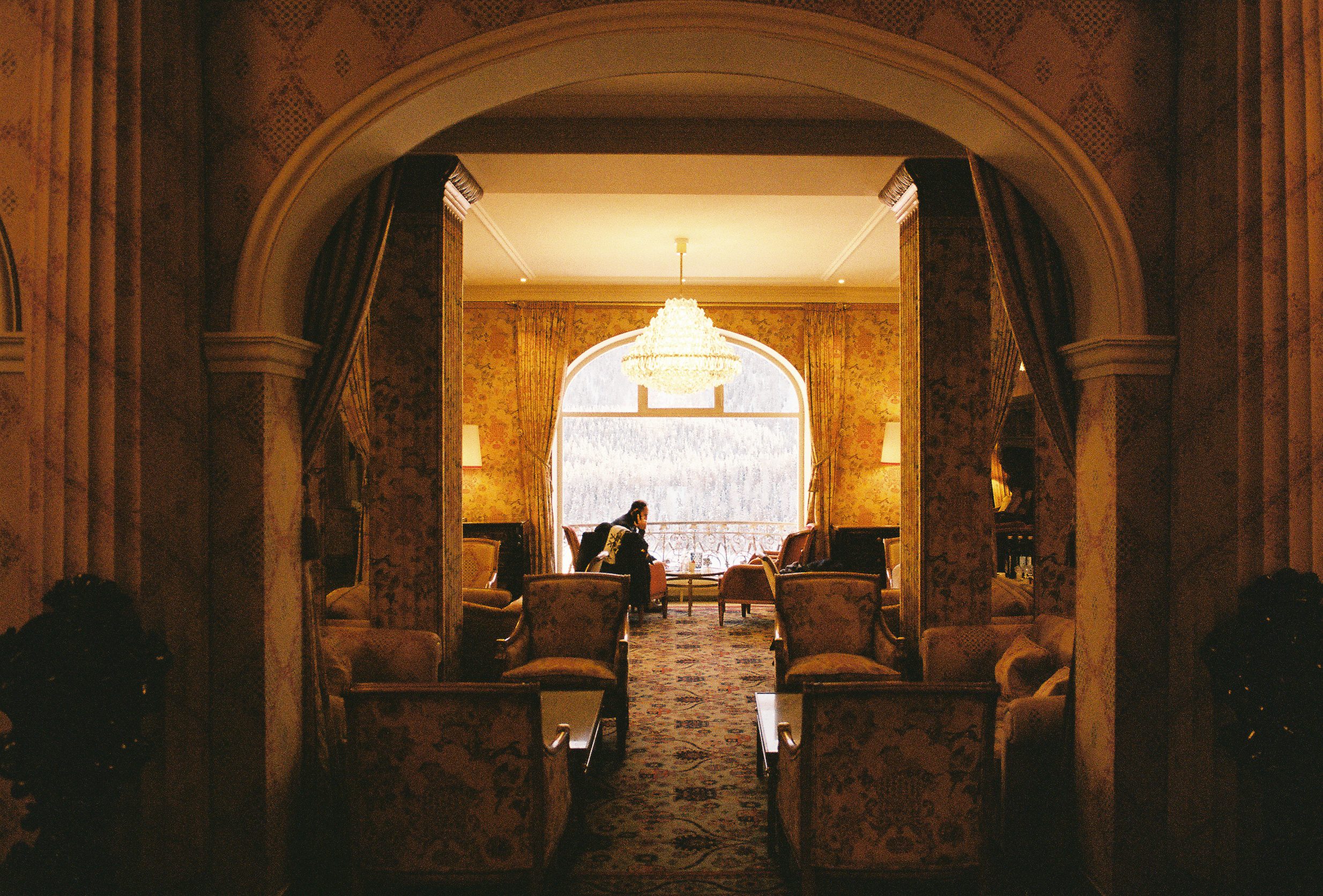
The lobby lounge at Kulm Hotel, photographed by Konstantin Arnold
Reflections in the Kulm lobby
After the meeting with Heinz, I walked around the hotel for a while, still exhausted. You always think, ‘it’s over now,’ but it wasn’t. I settled into the lobby, its comfort almost unbearable without sleep. I nodded off, with the wall behind me and the world in view. Once again, I was struck by the beauty of these chairs. You notice them the first time, but you don’t realise how much they struck you. They’re colourful and have women’s faces in gold at the end of the armrests, which you can stroke as you sit down. Some of the women who came by looked remarkably similar. If you spend half the day there and you don’t have any inhibitions, you’ll meet all sorts of fascinating characters throughout the day: opera singers undergoing proton cancer treatment, people who sell bread and jewels in the same store, and friendly Slovenian waiters. It is the true living room of St. Moritz. The lobby at Badrutt’s is too hectic, too many people who are obliged to be there – the usual few days a year: say hi, play the game, leave. The one at Suvretta is too big to be truly cozy, though at least you can smoke at the bar.
Read more: Inside Aston Martin’s Valhalla and Vantage
So, what does the Kulm mean to me now? Tweeds and the lobby. Cornelius, the concierge. Angelo, the sommelier at the Dracula and breakfast room. A Portuguese woman walking down the lobby in a white ski dress, her brown hair tied up, gold earrings glinting. And what else? Andrea at the country club and the Slovenian waiter who always liked to talk to me when I was sitting here, the Russian aristocrat who skated every day and sipped tea in the lobby. But definitely Heinz E. Hunkeler, who likes to go hunting and whom I saw many times that day, talking and sitting with various guests until dusk fell. I have no idea how he manages it all.
Konstantin Arnold



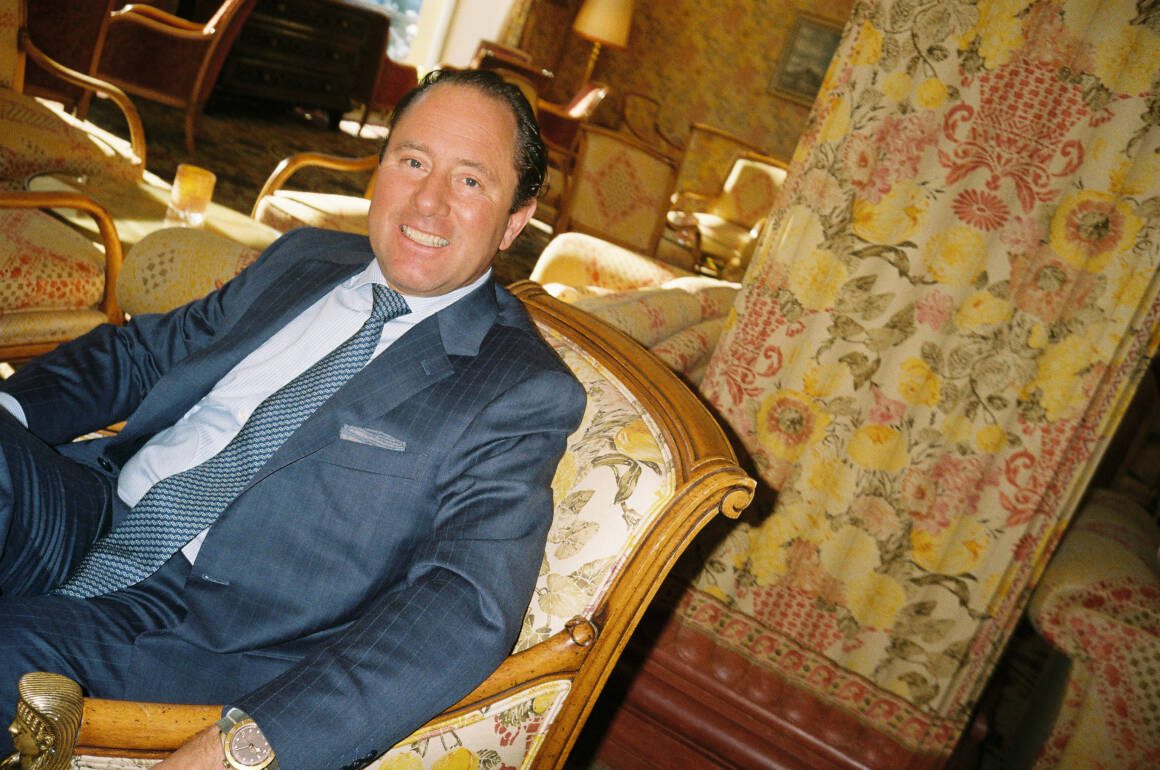
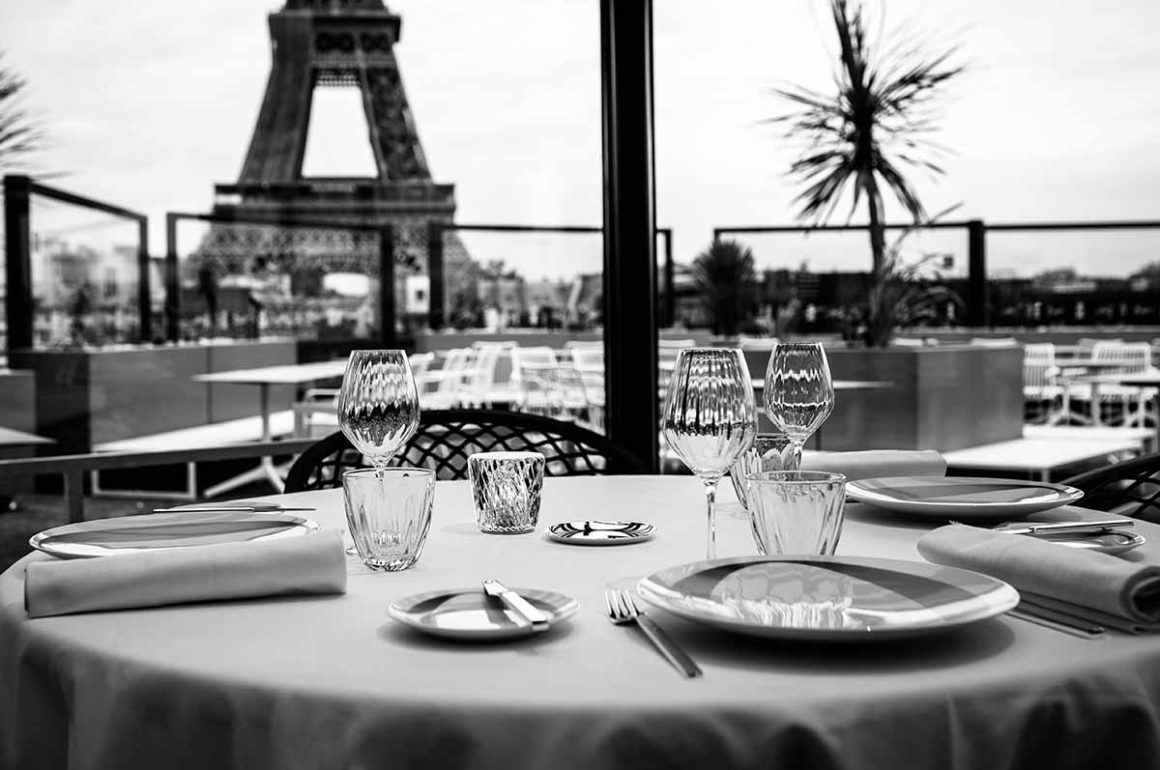
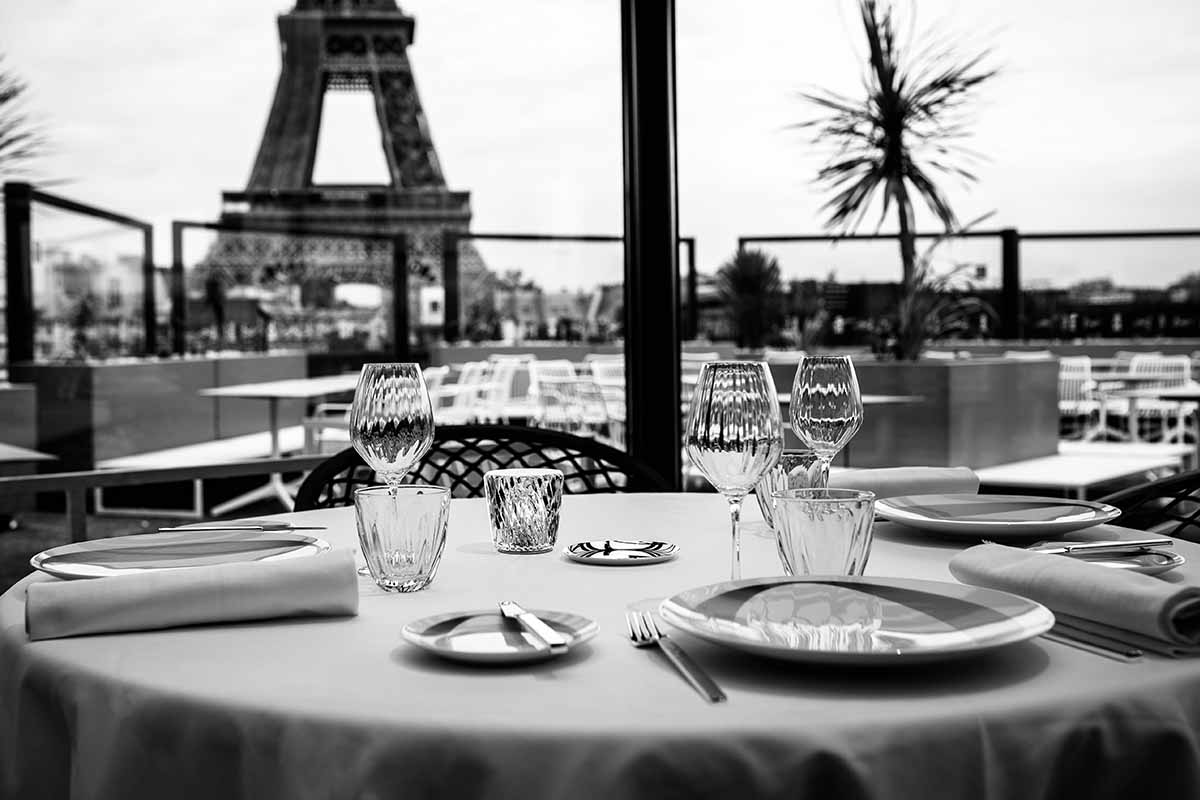
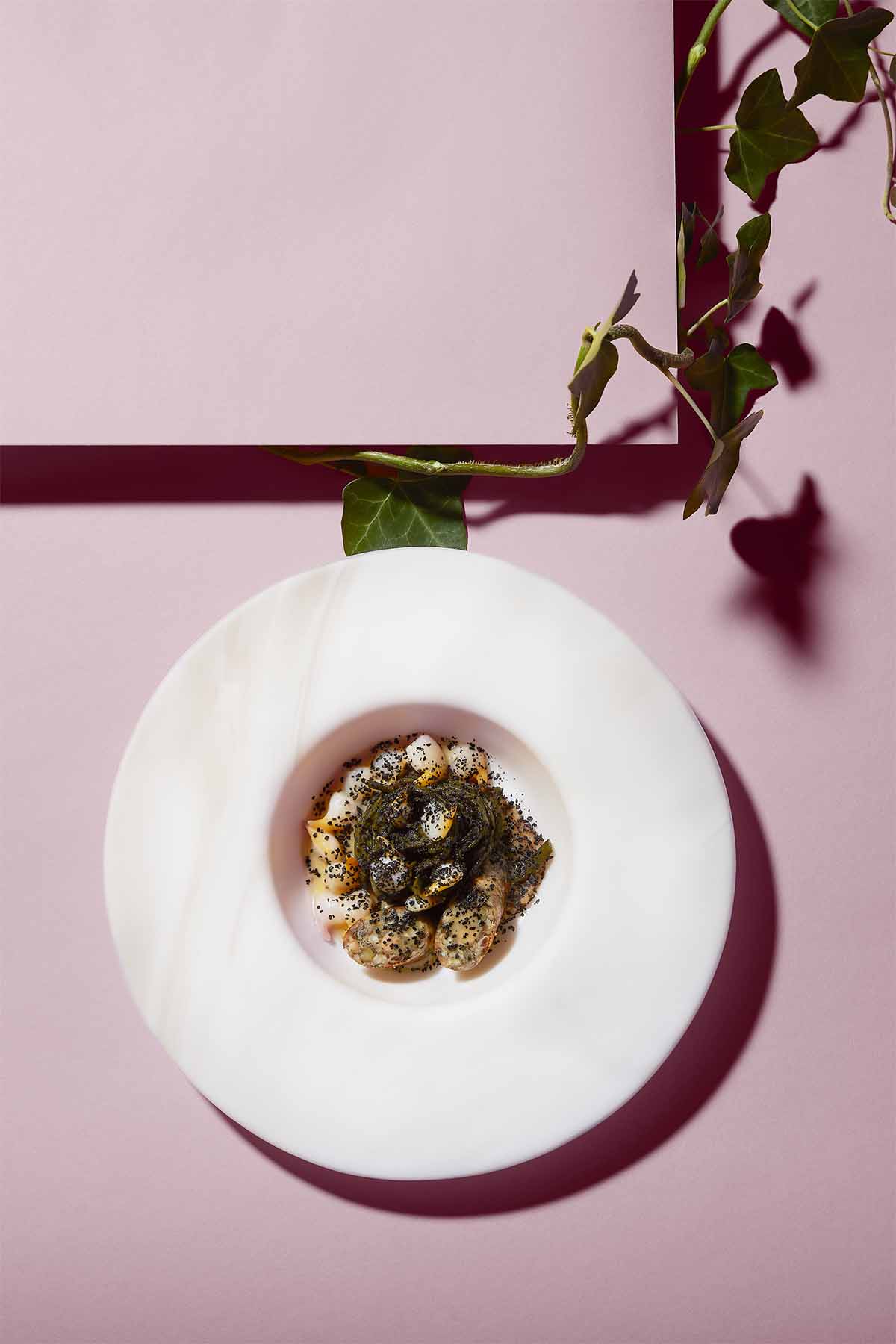

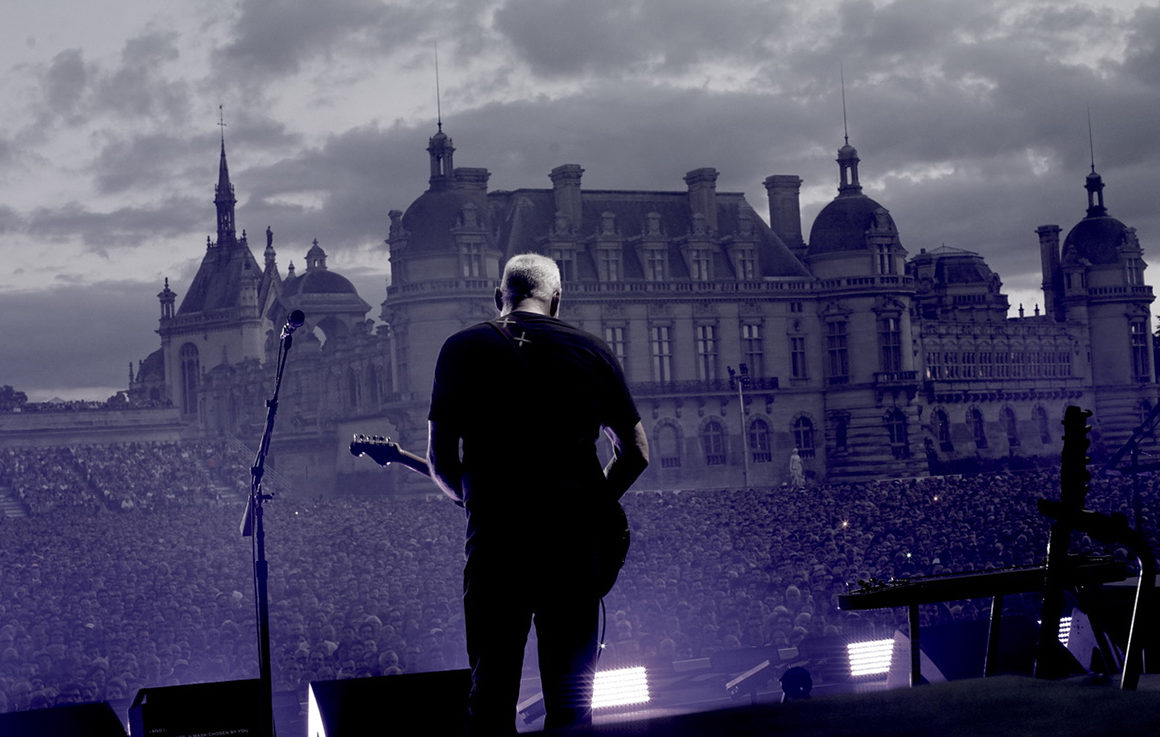
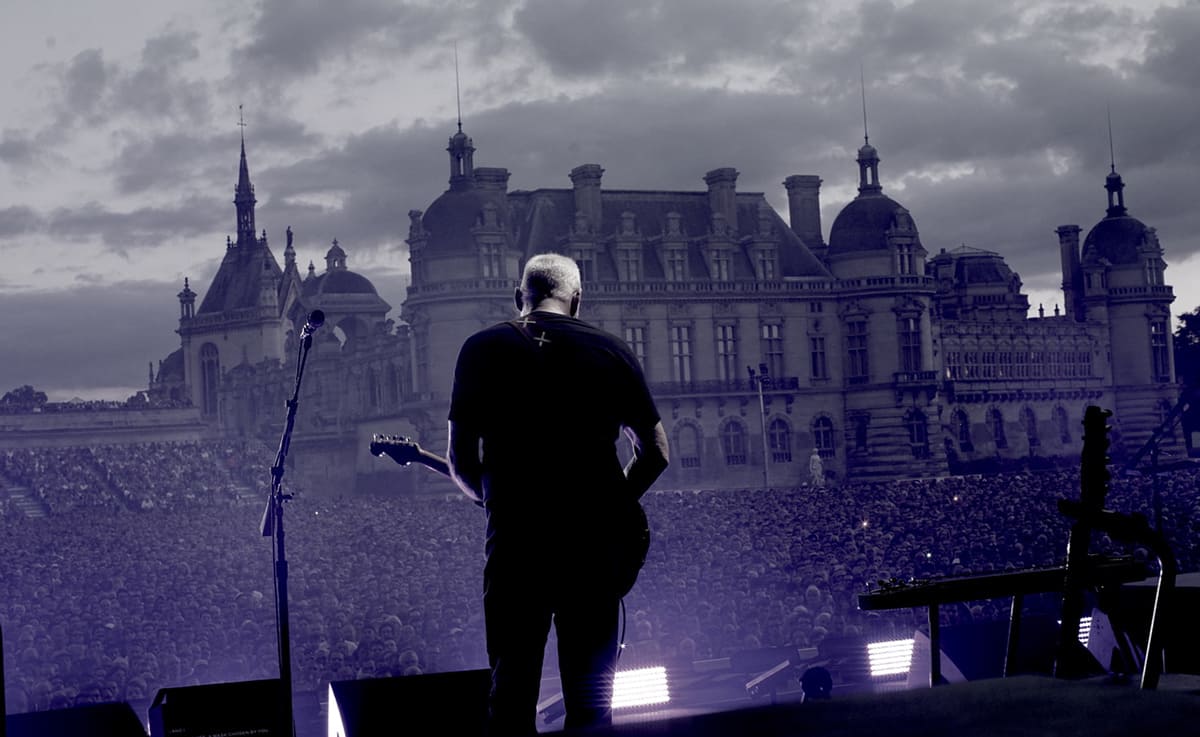
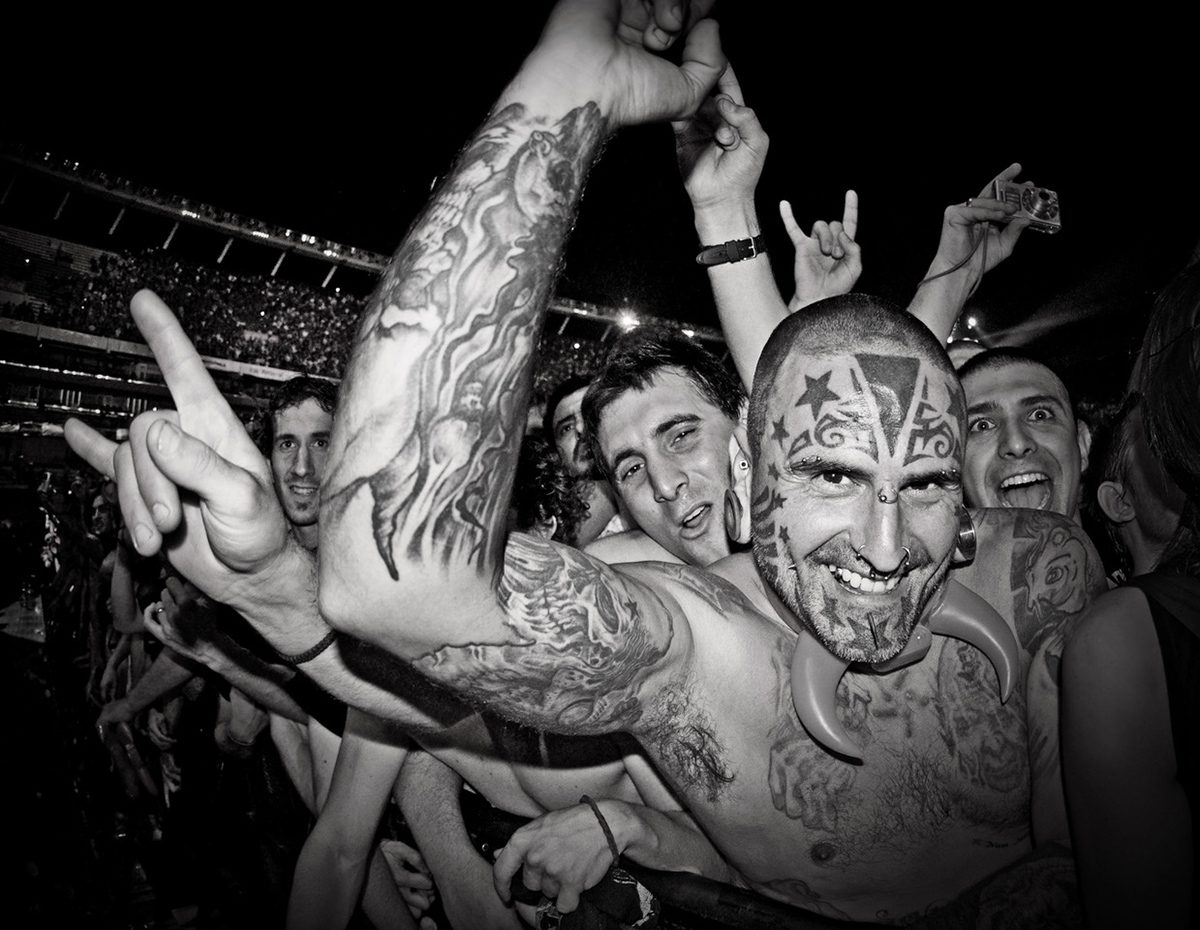

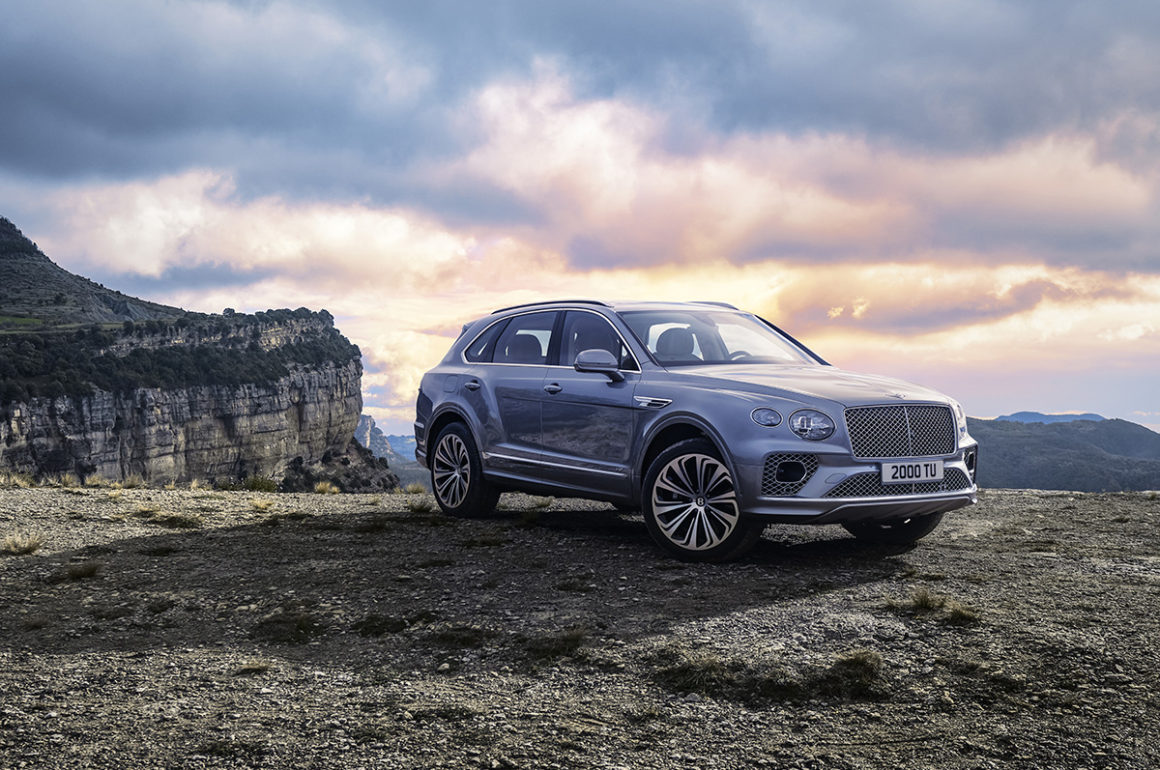
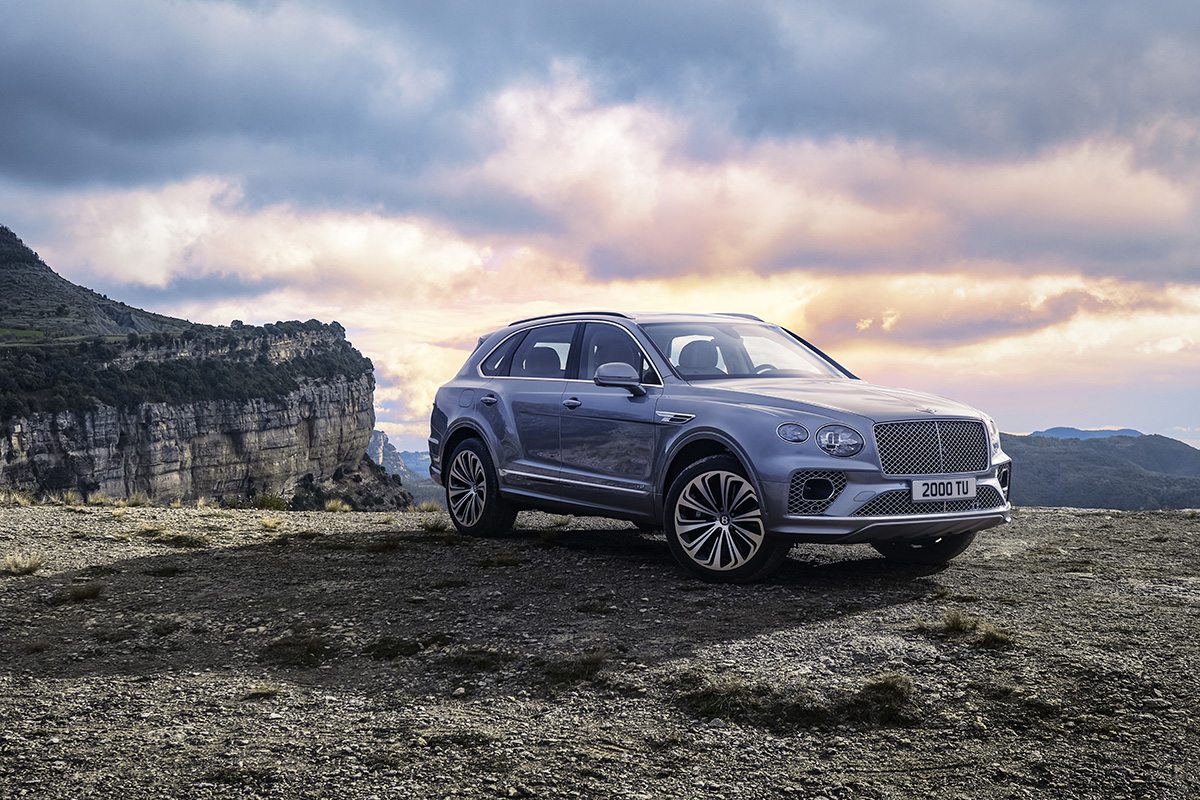
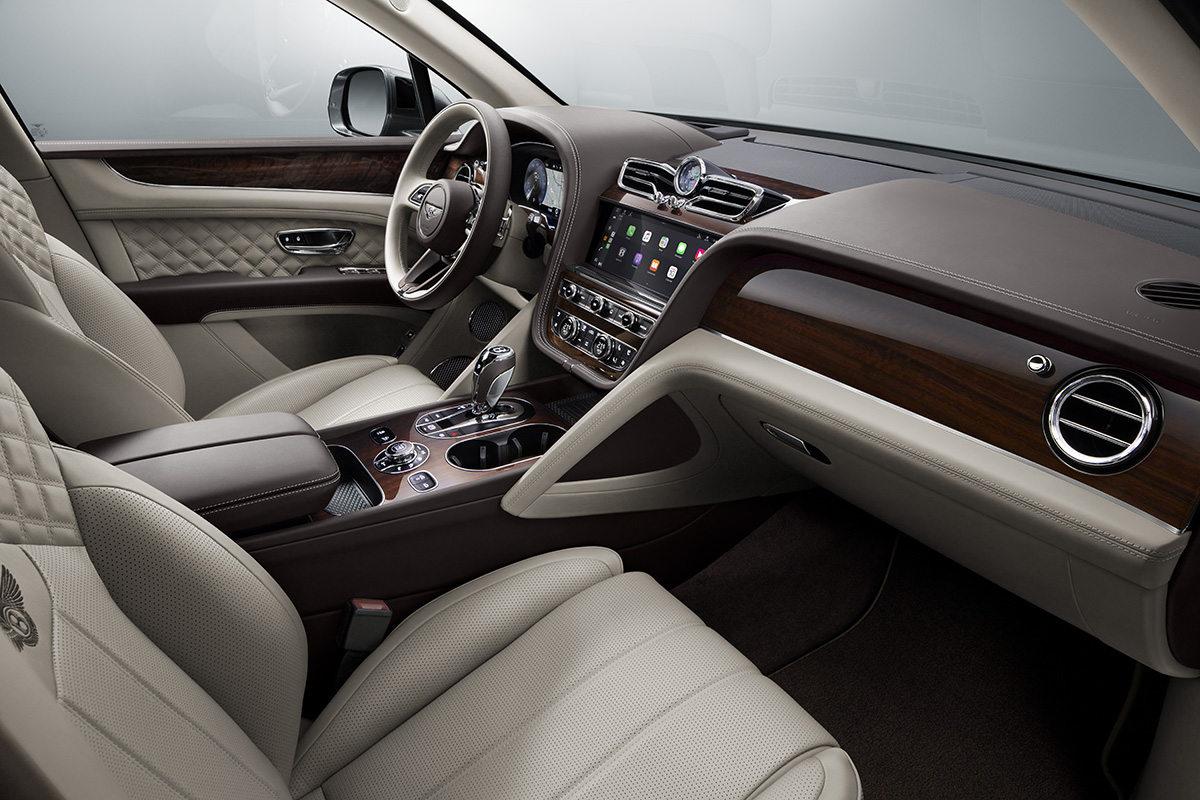

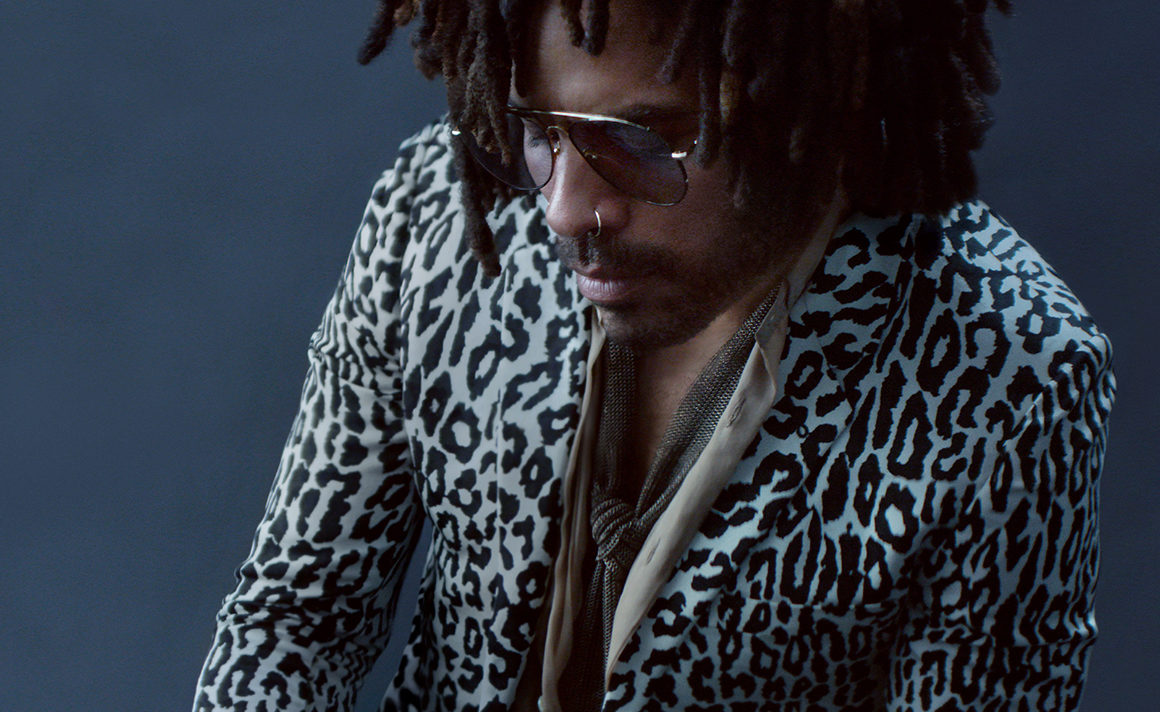


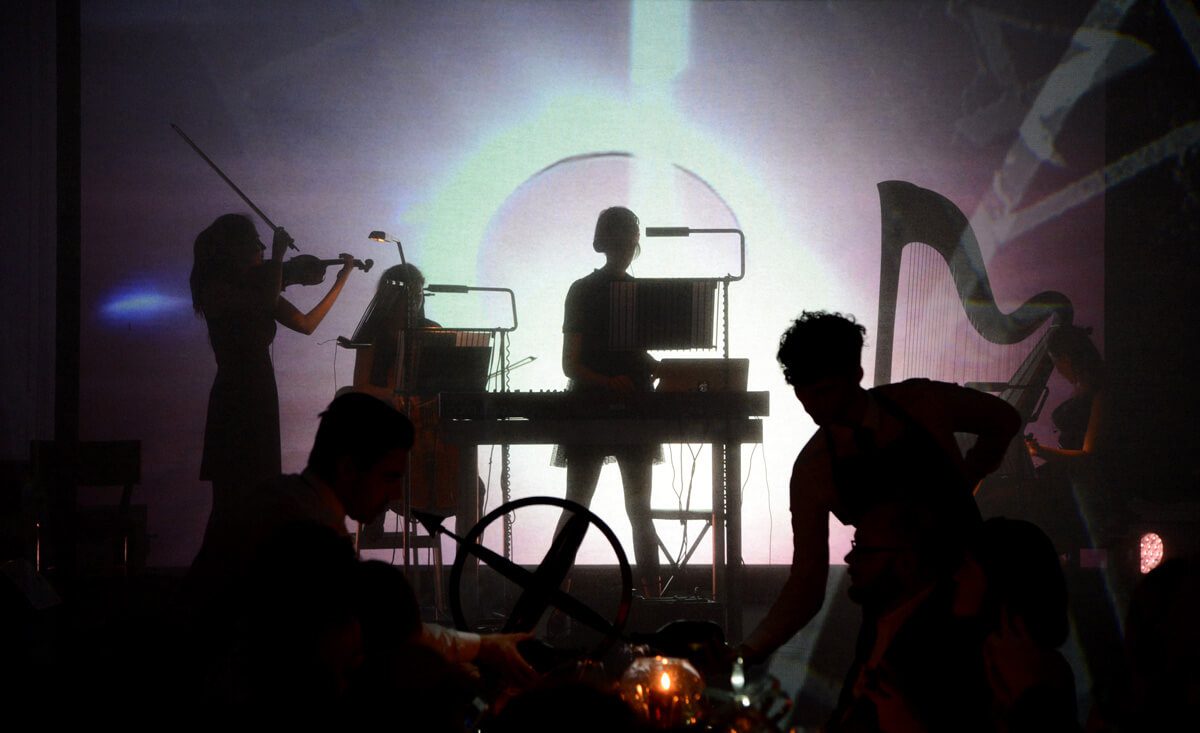











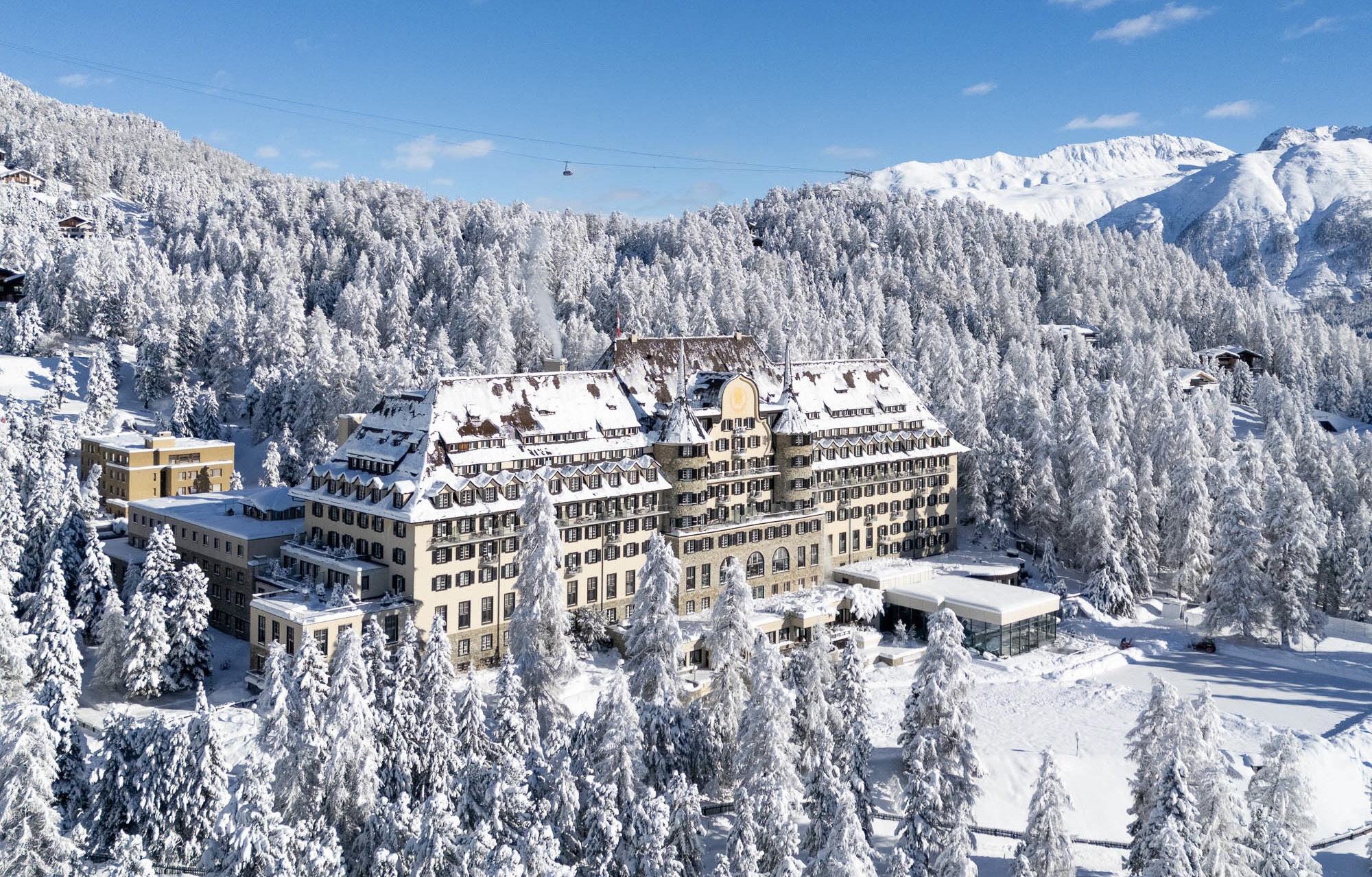

Recent Comments